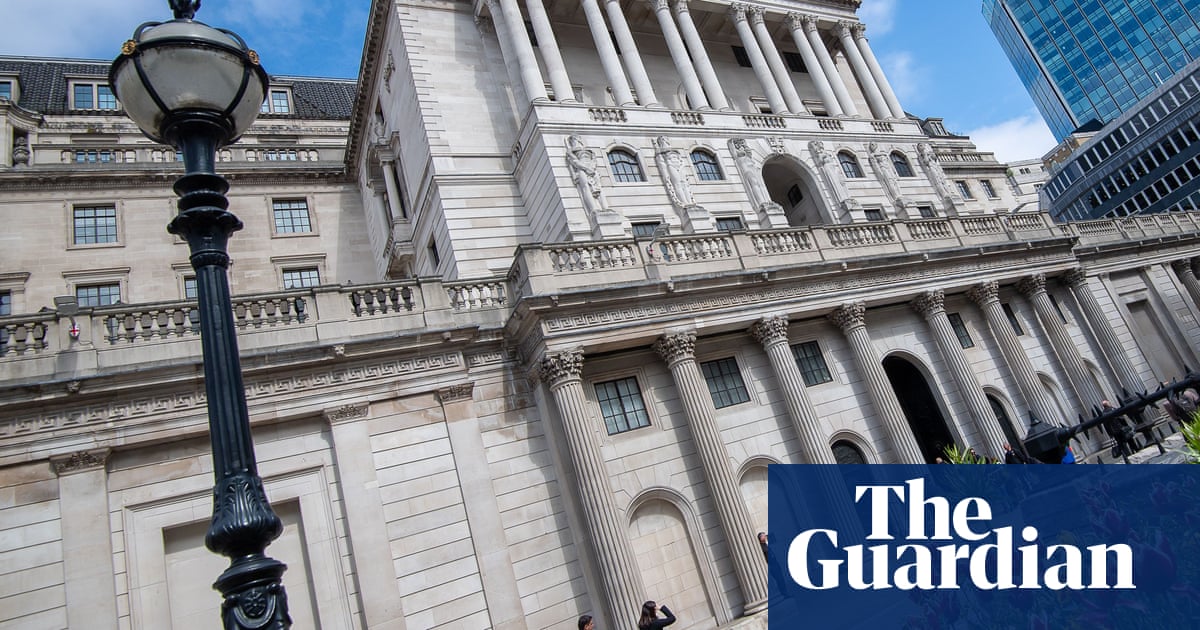For households across Britain, April wasan awful month. Rising energy bills, broadband costs and the sharpest increase in water bills since privatisation – despite public anger over the quality of service offered – all added to the cost of living squeeze.
Economists had forecast a jump in inflation based on the flurry of annual bill increases. But at 3.5% – the highest rate in the G7 – the rise was bigger than the 3.3% rate predicted in the City, and will raise concerns at theBank of England.
Most of the increase was down to energy costs, after a well-telegraphed6.4% increase in the Ofgem consumer price cap. However, there was a much bigger leap in water and sewerage bills, where prices rose by a whopping 26.1%, the biggest annual increase since February 1988.
Although inflation had been cooling for several months, it was clear a jump in the headline rate would come as a consequence of the changes in utility bills, as well as a number of other price increases timed to land in April each year.
Inflation has been close to the 2% target since the middle of last year, having fallen back froma peak of more than 11%in late 2022 after the Russian invasion of Ukraine sent energy prices soaring. Now it is on the rise again, and Threadneedle Street forecasts it will peak at an average of 3.5% over the summer months and does not expect it to return to its 2% target until early 2027.
Usually, inflation sticking above the Bank’s target for so long would entirely rule out interest rate cuts. However, at 4.25%, official borrowing costs are squeezing businesses and households at a time when there are concerns about economic growth given heightened uncertainty as Donald Trump’s trade wars rattle the global economy.
In this world, policymakers are attempting to strike a balance between bearing down on inflation, while supporting activity in the economy. Given the higher-than-expected inflationary burst in April, there are concerns that the Bank will not be able to reduce borrowing costs by as much as hoped, even as economic uncertainty remains elevated.
There are, however, some signs that the rise in inflation should prove temporary. Business leadershave been warningabout the impact of the government’s £25bn increase in employer national insurance contributions (NICs) – introduced last month – being passed on to consumers in the form of higher prices.
Economists say there was some evidence in the April data, after services inflation – which is more sensitive to labour costs – sharply strengthened on the month, from 4.7% to 5.4%. To many business groups this was a clear sign of costs being passed on.
However, the picture is not entirely clear. Much of the overshoot was caused by the timing of Easter. TheOffice for National Statisticshighlighted that it gathered its data for consumer prices during this year’s Easter holidays, when travel and tourism companies sharply increase prices. Because it gathered last year’s data outside the long bank holiday weekend, the inflation rate – which measures the change in price from a year earlier – is unflatteringly high.
Sign up toBusiness Today
Get set for the working day – we'll point you to all the business news and analysis you need every morning
after newsletter promotion
Air fares increased by 27.5% compared with those in March, the second biggest month-on-month increase on record, while prices for recreation and culture, particularly foreign holidays, also rose sharply.
In contrast, the rate of inflation for restaurants and hotels, a sector particularly exposed to higher labour costs, cooled on the month. Still, other economists point to food inflation, which is also likely to be influenced by the NICs increase, where price growth increased from 2.9% to 3.2%.
Where the tax increase is having a more noticeable impact, however, is in terms of hiring, after figures published earlier this month showed unemploymenthitting the highest level in almost four years. That ought to concern Threadneedle Street’s policymakers for the months ahead.
